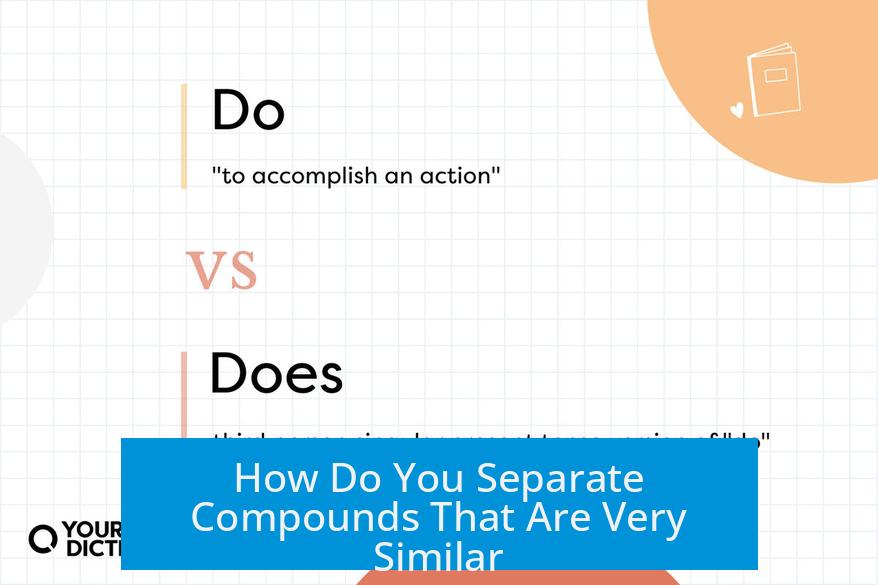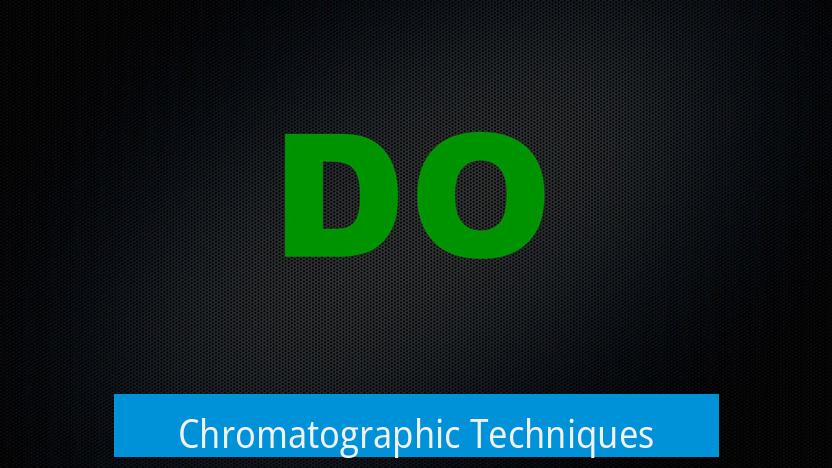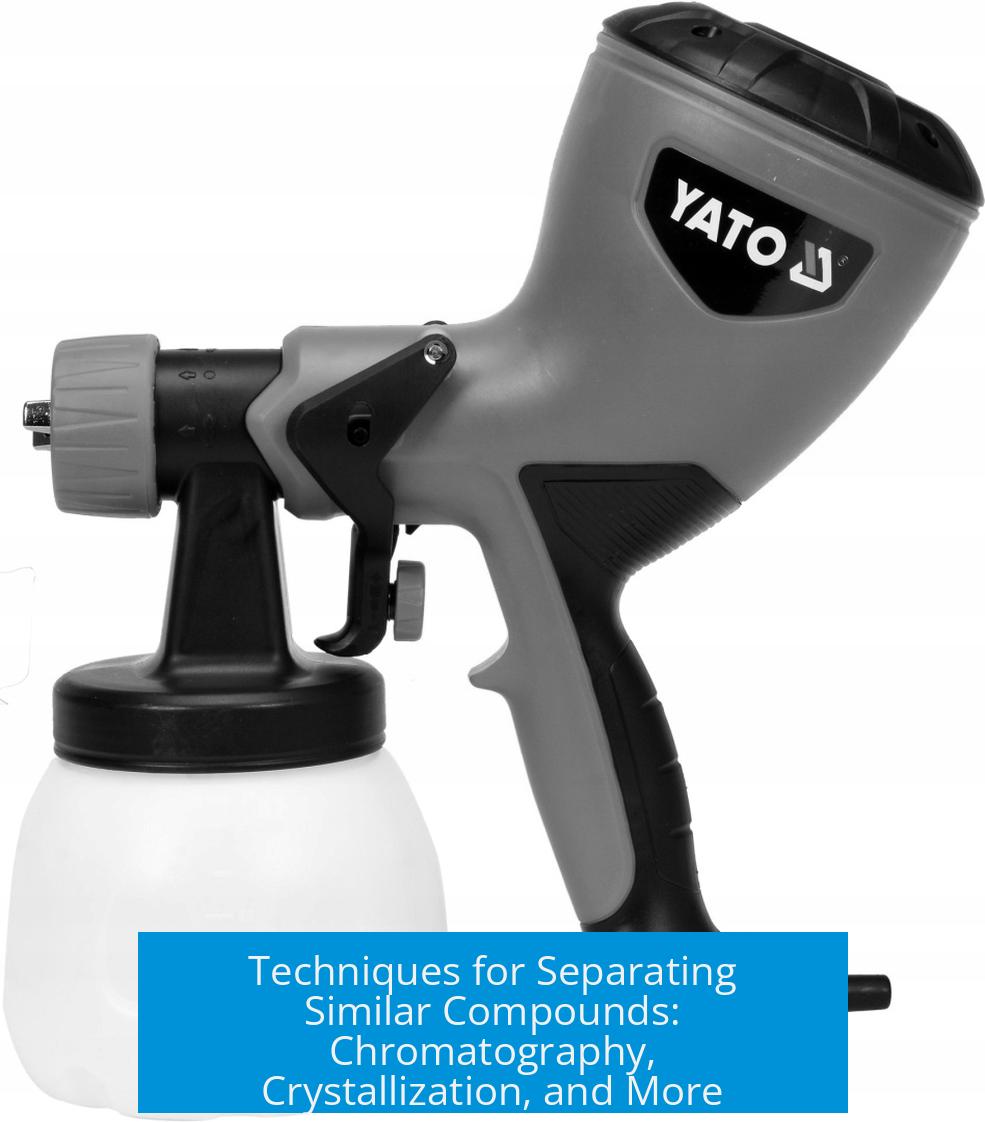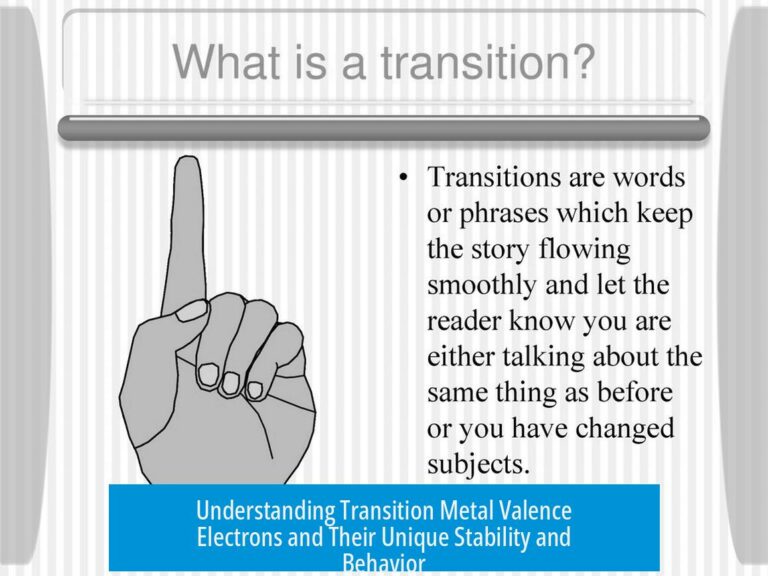How Do You Separate Compounds That Are Very Similar?

Separating very similar compounds requires tailored techniques such as gradient elution in flash chromatography, recrystallization, derivatization, preparative chromatography, and careful solvent selection to enhance resolution and purity.
Chromatographic Techniques

Flash Chromatography and Gradient Elution stand out as primary methods. Instead of a constant mobile phase, gradient elution slowly increases the polarity, effectively separating compounds with close retention factors (Rf). This adjustment prevents tailing and overlap common in isocratic separations.
- Begin with Thin Layer Chromatography (TLC) to determine the ideal mobile phase.
- Apply this phase in a flash chromatography setup to scale separation.
- Experiment with normal and reversed-phase columns for optimal interaction.
- Consider multi-component mobile phases to fine-tune selectivity.
Longer columns and re-chromatography of partially separated fractions improve purity. Preparative TLC can serve small-scale separations below 100 mg.
Crystallization

Crystallization remains effective for very similar compounds, particularly in steroid chemistry. Slow cooling from boiling solvents like methanol or acetone/water mixtures promotes formation of pure crystals.
- Slow cooling leads to slow crystal growth and increased purity.
- Trituration of slurries enriches the target compound as impurities dissolve away by equilibrium.
Derivatization

Modifying compounds chemically alters polarity or solubility, facilitating separation. For example, selective reduction or acetylation changes compound behavior during chromatography or crystallization.
Advanced and Specialized Methods

- Two-dimensional thin layer chromatography improves resolution by separating compounds sequentially in perpendicular directions.
- Preparative High-Performance Liquid Chromatography (Prep-HPLC), especially with water-soluble compounds, offers high precision.
- Using functionalized silica gels or reverse-phase media can optimize interactions based on compound features.
Early-Stage and Solvent Strategies
Often, separating at an earlier synthetic stage reduces complexity. Adjusting solvent systems—such as including toluene for aromatic interactions—can significantly improve separations.
Summary of Key Points
- Use gradient elution in flash chromatography rather than isocratic for fine separation.
- Employ TLC to optimize solvent systems before scaling up.
- Apply recrystallization with controlled cooling for purity enhancement.
- Consider derivatization to alter physical properties and aid separation.
- Use preparative methods like Prep-HPLC or 2-D TLC for challenging separations.
- Experiment with solvent selectivity, including multi-component mobile phases.
- Separate earlier in synthesis whenever possible to minimize complexity.
How Do You Separate Compounds That Are Very Similar? The Real Secrets Behind Those Tricky Separations
Ever stood in the lab, staring at a mess of compounds that look almost identical and wondered, how do you separate compounds that are very similar? You’re not alone. It’s one of the most common puzzles in chemistry. Let’s break down the best strategies, tricks, and techniques that practically guarantee success, even when your compounds are basically twins.
Flash Chromatography and the Magic of Gradient Elution
Flash chromatography is the go-to method for many, but here’s the kicker: just running an isocratic mobile phase—which means using a solvent of constant polarity—can be slow and frustrating when compounds share almost identical Rf values. The secret sauce is gradient elution. It means you gradually increase the polarity of the solvent during the run, making those stubborn compounds part ways much faster and cleaner.
Think of it as not trying to push everyone off the bus at once, but letting groups get off at different stops. This is crucial if your compounds are playing hide and seek along your TLC plate. Using TLC (Thin Layer Chromatography) beforehand to choose the best eluent is like scouting the best route before you hit the road.
Don’t stop there. Experiment with both normal and reverse-phase chromatography. Sometimes flipping the polarity helps. Mix solvents into three-component mobile phases to get quirky selectivity—because one solvent’s charm might just be boring enough for your compounds to part ways.
Thin Layer Chromatography (TLC): Your Scout and Mini-Separator
TLC isn’t just a quick check. If you have small quantities (under 100 mg), consider prep TLC. It shines when you want to separate tiny amounts without breaking the bank or your patience.
Think of TLC as your practice round. Find the optimum mobile phase here, then scale up to flash or column chromatography with confidence. TLC is quick, cheap, and gets you valuable clues.
Going Long: Column Length and Rechromatography
Sometimes, speed isn’t the goal—resolution is. Using a longer column gives your compounds more space to settle into their own rooms. This extends the separation and can mean the difference between a messy mash and clean peaks.
Partially separated fractions? Don’t throw them away. Rechromatography is your friend—run them again. It’s like giving shy guests a second chance to mingle properly.
The Old-School Art of Crystallization
If you’re into steroids or analogues, recrystallization is a classic champion. Patience here pays off: cooling your solution slowly from boiling helps crystals grow pure and solid. Methanol often leads the charge as your solvent, with acetone/water mixtures acting as cool understudies when methanol falls short.
Trituration, which involves stirring a slurry gently, sometimes enriches purity over time.
These methods rely on subtle molecular differences showing themselves through solid formation rather than liquid dance moves on a column.
Derivatization: Changing the Game to Make Separation Easier
Derivatization is chemistry’s version of “changing the outfit to spot the difference.” By chemically tweaking one compound—say, reducing a carbonyl to an alcohol—you increase polarity differences.
Once those differences widen, chromatography and crystallization become much simpler. For example, acetylated derivatives often separate better and crystallize more cleanly.
This technique is especially useful when your compounds are stubbornly sticking together.
Specialized Chromatographic Techniques for the Connoisseur
Feeling fancy? Two-dimensional thick layer chromatography steps up your game by separating compounds first in one direction, then again at a 90-degree angle. Think of it like separating a crowd by height and then by hair color.
For water-soluble compounds (with max about 20% acetonitrile), Prep-HPLC offers great convenience and precision. If you have access to functionalized silica gels or reverse phase media, give those a whirl—the added selectivities can break near-identical pairs apart.
The Earlier, The Easier: Try Separation at Earlier Synthesis Stages
Sometimes you’re fighting a losing battle at the final stage. Instead, separate earlier when impurities or similar compounds haven’t fully developed. Early-stage separation reduces the complexity of what you face later.
This strategy requires foresight but often saves time and effort.
Choosing Your Solvent Wisely
Solvent choice can make or break your separation. Toluene often surprises folks when aromatic groups are involved, especially in cases like 1,4-additions, adding subtle selective power.
Don’t settle for just one solvent system. Test normal and reverse phase and experiment with solvents of varying polarities and mix ratios.
Putting It All Together: Practical Tips
- Start with TLC to scout your best solvent systems.
- Use gradient elution in flash chromatography for efficient separation.
- Don’t hesitate to try longer columns or rechromatography for stubborn mixtures.
- Try recrystallization and triturate slowly cooled solutions for purity boosts.
- If possible, derivatize your compounds to increase their polarity differences.
- Play with specialized techniques like 2-D TLC or prep-HPLC for tough cases.
- Consider early-stage separation—sometimes less is more.
- Optimize solvent choices with experimentation—toluene may surprise you.
So, how do you separate compounds that are very similar? The answer lies in a combined approach: smart solvent choices, gradient elution, patient recrystallization, occasional derivatization, and using advanced chromatographic tricks. Each tactic sharpens separation until those look-alikes part like long-lost twins finally heading different ways.
Next time you face those stubborn similarities, remember—it’s not just about brute force but strategy, creativity, and timing. Sometimes, the smallest detail changes the game entirely.
How does gradient elution improve separation of similar compounds in flash chromatography?
Gradient elution gradually increases solvent polarity over time. This lets compounds with close retention values separate better than fixed solvent strength. It speeds up separation and enhances resolution.
Why use preparative TLC for small amounts of similar compounds?
Prep TLC works well for under 100 mg samples. It allows direct visualization and isolation of spots. This method is faster and cheap for small scale separations.
How does recrystallization help distinguish very similar compounds?
Slow cooling from hot solutions creates purer crystals. Different solubilities cause selective crystallization. Solvents like methanol or acetone/water mixtures work well.
When should derivatization be applied in separating similar compounds?
Derivatization changes compound polarity or structure. This shift enables easier separation via chromatography or crystallization. For example, acetylation can create new differences.
What advantages does using longer chromatographic columns provide?
Longer columns give better separation by increasing interaction time. Rechromatography of fractions can further purify mixtures with close retention properties.





Leave a Comment